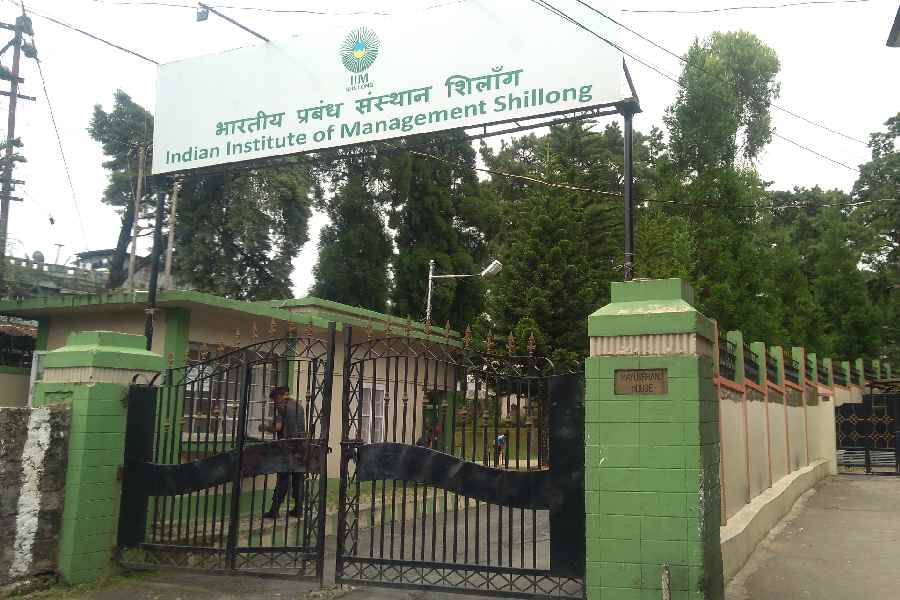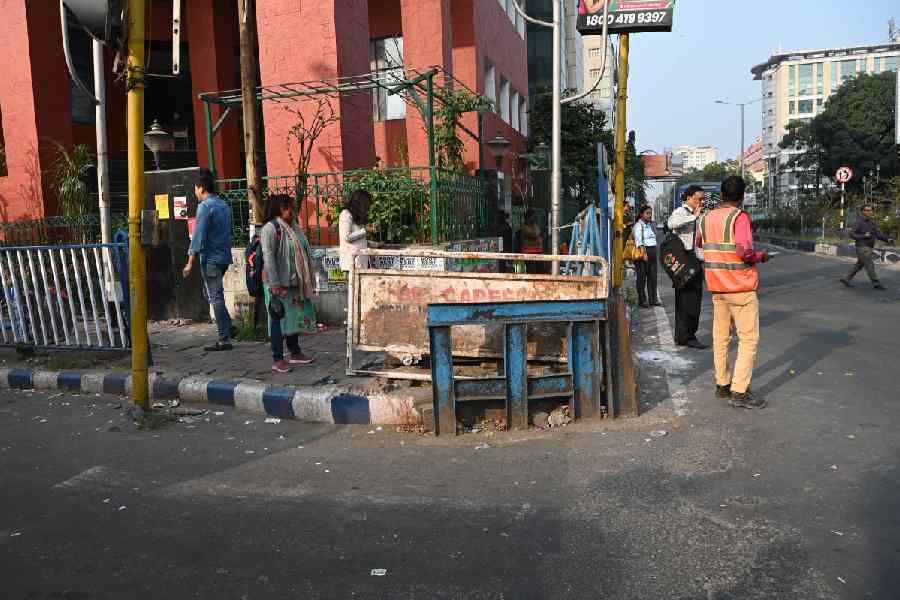The state forest department will begin a census of the leopard population in north Bengal next month.
Foresters said this estimation exercise is scheduled to take place almost simultaneously with the upcoming tiger census, which is set to begin at the end of January 2026.
“We will conduct the leopard census from December, and it will run almost parallel to the tiger census that will be carried out in the forests of north Bengal from the last week of January next year,” said Bhaskar JV, chief conservator of forests (wildlife, north).
According to him, the last leopard census was conducted in 2022, when 233 leopards were recorded in the forest areas of north Bengal—a significant rise from 2018, when the population stood at just 83.
Forest department officials stated that, given the steady upward trend, they anticipate the numbers to increase.
The census will cover all national parks and forest areas in the districts of Darjeeling, Kalimpong, Jalpaiguri, and Alipurduar, the CCF said.
He mentioned that the estimation will be carried out through camera trapping, habitat assessment and analysis of prey availability. Around 800 cameras will be installed in various forest locations. Separate teams, comprising forest staff, representatives of NGOs, civil personnel and wildlife enthusiasts, will be formed for the task, which will continue till March.
“We will install around 800 cameras in different forest areas to track the animals. Teams will be formed for the census, and their members will be trained by our officers, a process that will continue for around 40 days. After collecting footage and other data, the material will be submitted to the Wildlife Institute of India for the final report,” the forester added.
The department will also conduct its tiger census early next year, focusing primarily on two major habitats in north Bengal—the Buxa Tiger Reserve (BTR) in Alipurduar and Neora Valley National Park in Kalimpong, both of which have shown evidence of tigers’ presence in recent years. They will also cover other forests in the region.
“Twelve forest officials have already received training for the tiger census at Assam’s Nameri Tiger Reserve. They will now train other staff members for the upcoming exercise,” a source said.
BTR, the largest tiger habitat in the region, is spread over 760 sq km. Neora Valley, known for its rich biodiversity and dense forest cover, spans across 160 sq km and has reported frequent signs of tiger presence since 2017.










